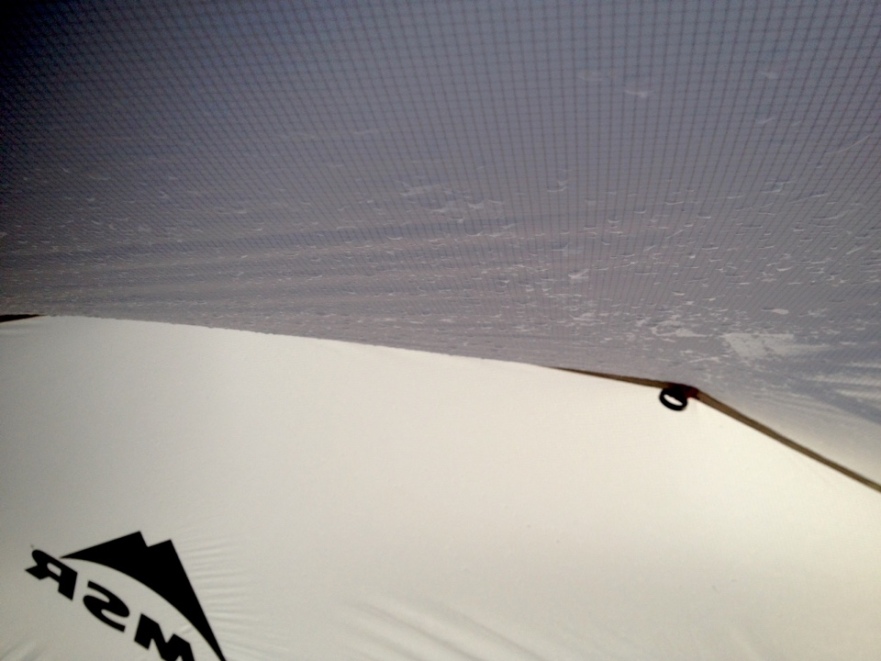
Field tested: The sopping wet saga of the MSR Hubba Tour 2
Having spent a week on the fly in the MSR Hubba Tour 2 from Skagway, AK to Canmore, AB in cold to mild but dry conditions, we’ve field tested the tent, albeit on a very short-term scale.

Initial feedback
In summary, it is poorly ventilated. So much, in fact, the inner tent condensates like it’s been dunked in a deep set bathtub each morning. Our sleeping bags down the side that touch the inner tent wall were thus, soaked through, resulting in feeling chilly and being damp, night after night. We’ve been unable to dry camp (no pun intended), instead, we’ve been forced to seek out campsites furnished with tumble dryers, costing us several arms and legs and hemorrhaging our budget.
Upon it then raining down on us and the electronics each morning inside the sleeping space, is far from ideal. It’s a deal breaker to be fair. A tent and indeed, MSR’s technical claims, is supposed to protect you from foul weather, not create its own inclement weather system inside.

Because the inner tent is saturated (again, without exaggeration) come the morning, makes collapsing and dismantling it on the ground a no go–not unless you wish all the dust and dirt to cake it in the process. As well, appreciating that it is designed as a two-man, the sleeping area is still a wee bit too snug, pressed right up against Jason. Namely, the sloping walls make it feel like being situated, inside a well-dressed coffin. Neither of us is claustrophobic nor big boned.

To add insult to injury, one of the clips attaching the rainfly to the inner has broken: thank goodness for dental floss. Furthermore, it’s only partially freestanding without the footprint (we’ve been using a piece of Tyvec to protect the tent and keep the debris out in the vestibule): the sleeping area stays erect; the remainder of the tent is a floppy mess without staking the pegs into the earth. A challenge when you’re staying on rock / solid ground.
Desirables
It’s a shame you can’t have the tent free standing without the rainfly either, although at least the inner tent stays dry when you’re pitching it in the rain. That is, if it wasn’t permanently wet to begin with from the previous use. It’s also a little disappointing that the main door has no mesh protection from the mosquitoes and noseeums.

Redeeming features
What I love, as I want to end on a positive, is the luxuriously roomy large hooped vestibule for all our gubbins. Further, the abundance of mesh pockets in both the vestibule and sleeping compartment. It looks aesthetically pleasing by day and night, which is agreeable with Jason as a photographer. Undeniably, the build quality is very good, considering its lightweight and therefore delicate properties. Also hugely appreciated is the satchel style packing bag, which means putting the darn thing out of sight, out of mind, is harmonious.

Concluding thoughts
More storage: by the tent load. Greater comfort: I’m afraid not.
